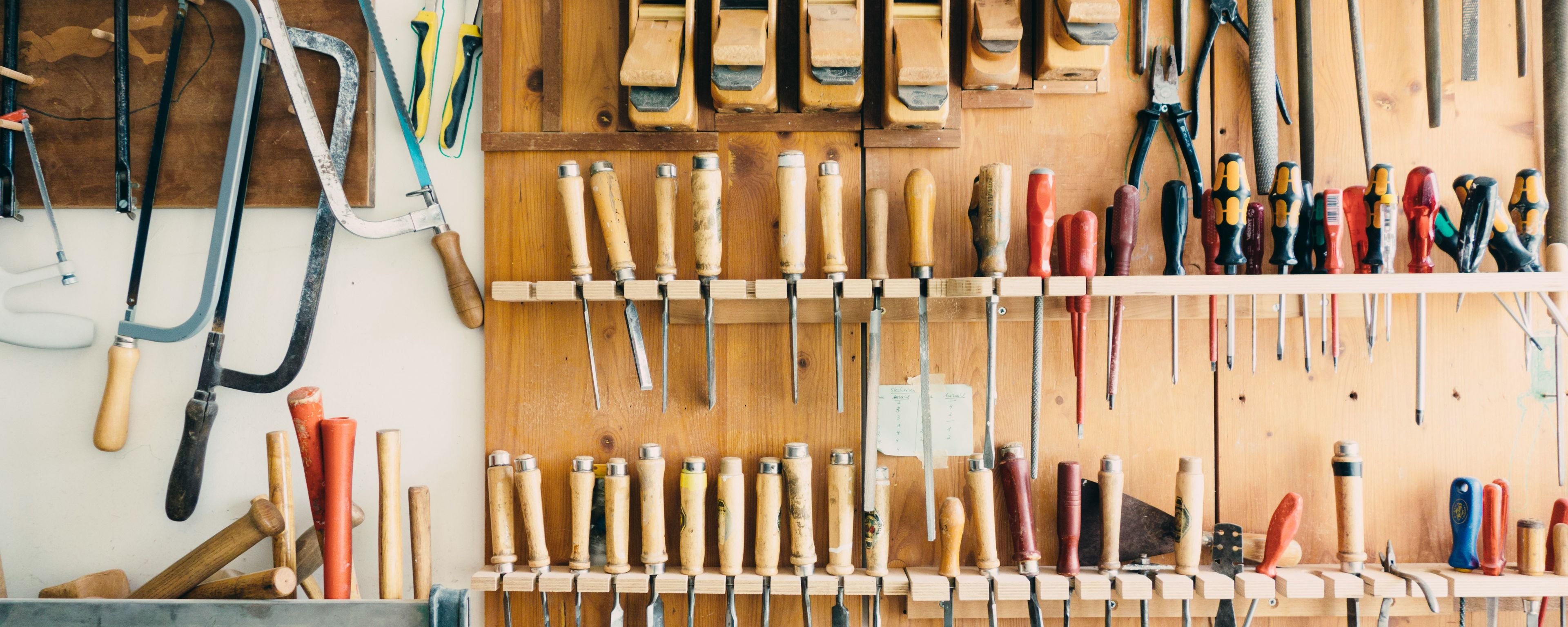Garage Organization Tips for Seniors and People with Disabilities

Garage Organization Tips for Seniors and People with Disabilities
A well-organized garage can make life easier and safer, especially for seniors and individuals with disabilities. Clutter, poor lighting, and hard-to-reach items can create hazards, making it difficult to move around or find what you need. With a few thoughtful adjustments, you can transform your garage into an accessible, functional space.
1. Prioritize Safety and Accessibility
Safety should be the top priority when organizing a garage for seniors or those with mobility challenges.
- Clear Pathways: Ensure walkways are wide enough for walkers or wheelchairs (at least 36 inches wide).
- Non-Slip Flooring: Use rubber mats or textured paint to prevent slips and falls.
- Good Lighting: Install bright LED lights or motion-sensor lighting to improve visibility.
2. Lower Storage for Easy Access
Avoid high shelves or overhead racks that require stretching or climbing. Instead:
- Use waist-high shelving for frequently used items.
- Install pull-out drawers or bins to avoid bending.
- Keep heavy items at ground level (in sturdy, labeled containers).
3. Label Everything Clearly
Memory and vision challenges can make it hard to locate items.
- Large, bold labels help with quick identification.
- Transparent bins allow visibility without opening.
- Color-coding (e.g., red for tools, blue for holiday decor) simplifies organization.
4. Use Assistive Tools for Easier Handling
- Grabber tools help reach items on low or mid-level shelves.
- Lightweight, wheeled carts make transporting items easier.
- Ergonomic handles on tools and storage bins reduce strain.
5. Keep Frequently Used Items Within Reach
Place everyday items (like gardening tools, car supplies, or seasonal decor) in the most accessible spots. Reserve harder-to-reach areas for rarely used items.
6. Consider a Seated Workstation
If the garage is used for hobbies or repairs, set up a seated workstation with:
- A sturdy, adjustable chair
- A workbench at a comfortable height
- Tools within arm’s reach
7. Downsize and Declutter Regularly
A clutter-free garage reduces tripping hazards and makes organization easier.
- Donate or sell unused items.
- Recycle broken tools or old paint.
- Use vertical space wisely (pegboards for tools, wall-mounted racks for bikes).
8. Ask for Help When Needed
Reorganizing a garage can be physically demanding. Don’t hesitate to ask for assistance.
Final Thoughts
An organized garage can significantly improve independence and safety for seniors and individuals with disabilities. By making simple adjustments—like lowering storage, improving lighting, and keeping essentials within reach—you can create a space that’s both functional and comfortable.

